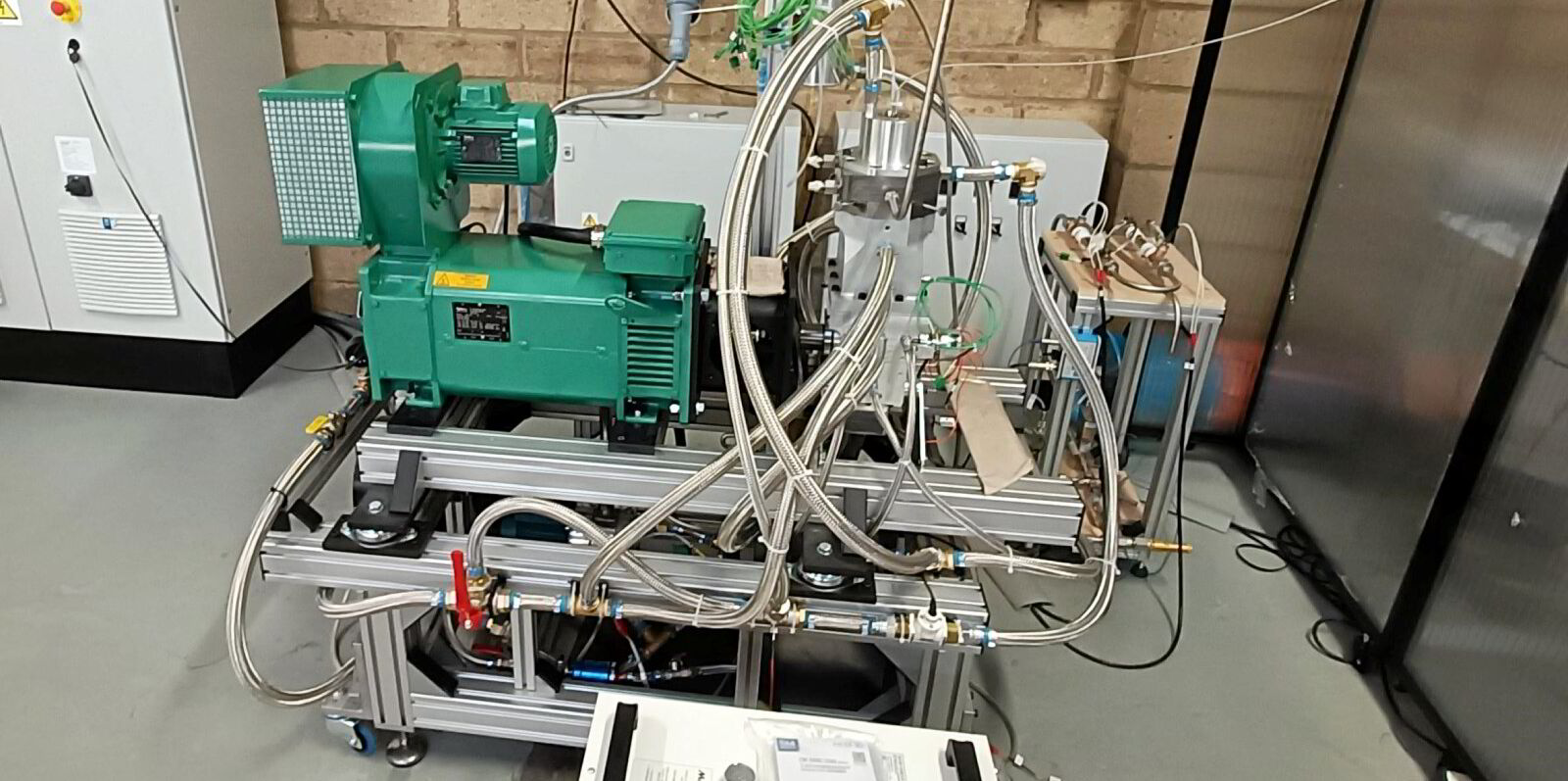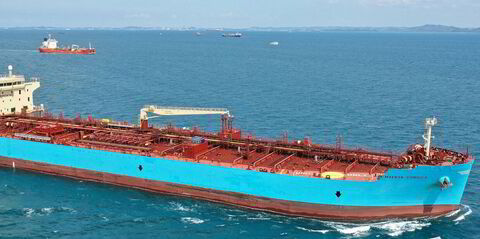Japan’s Mitsui OSK Lines and UK-based Carisbrooke Shipping have both invested in Carnot Engines, a UK-based engine maker start-up that says it can build multifuel retrofittable engines based on ceramics.
Carnot was founded five years ago by a trio of engineers who believe that using industrial ceramics in engines allows them to reach higher temperatures than traditional engines, eliminating the need for cooling systems. This innovation also enhances engine performance, according to Carnot co-founder Francis Lempp.
It further means that 70% of the energy contained in the fuel is converted into engine power, compared to traditional internal combustion engines, and the engines are fuel agnostic.
“We can make net zero happen right now, and a power train for choice for all fuels,” said Lempp.
Carnot director George Hunter told TradeWinds that the start-up has been looking for a major partner such as MOL to help accelerate its route to market.

The MOL funding adds to the investment already secured from industrial investors such as Carisbrooke and Australian mining company Oz Minerals, as well as £5.3m ($7m) in UK government funds for the development and testing of a 50-kW test engine.
Carnot expects to perform its first on-site trials, including a containerised trial on the deck of a Carisbrooke vessel over the next 18 months.
Mid-century innovations
Carnot sales head George Hunter said the technology is lifted from ideas popular in the 1950s and 1960s, in high-speed vessels and the aeronautical industry.
The engines have opposing pistons, where one combustion chamber has two pistons opposite each other.
“This opposed piston configuration allows us, with the higher temperatures and the extra pressure, to extract that extra energy,” he said.
And while Carnot is promoting itself as a zero-carbon fuel engine, Hunter admits that its initial use will be for the Carbon Intensity Indicator, as vessels continue to burn diesel.
“We can start making huge dents in the CII without even touching zero-carbon fuels,” he said.

“One fundamental part of the design aspect is how we get to a 70% thermally efficient engine, regardless of the fuel, the other is we can then upgrade that to ammonia, methanol or hydrogen in the future.”
Regardless of the fuel, the engine technology is the same, with only a few modifications when a shipowner opts for a fuel switch.
An additional technology trick Carnot is investigating with ammonia fuels is to install a pre-combustion catalyst to an ammonia fuel flow that will generate small amounts of hydrogen, which is then fed into the combustion chamber with the ammonia.
Two and four-stroke engines currently under development by the main marine engine makers will use a pilot fuel to ignite the ammonia, likely to be diesel fuel.
Carnot’s idea will mean the engines are completely CO2 emission-free, and the high-temperature combustion removes the risk of NOx emissions too.
New sales pipeline
The company now intends to begin developing a sales pipeline for its 50-kW engine in land-based applications while it ramps up the development of larger engine sizes. According to Lempp, the Carnot engine could reach 8 MW.
The work with MOL will help develop the seaborne auxiliary engine concept.
Carnot is set to open a new research facility in the UK this year and is still on the lookout for further industry investors.






